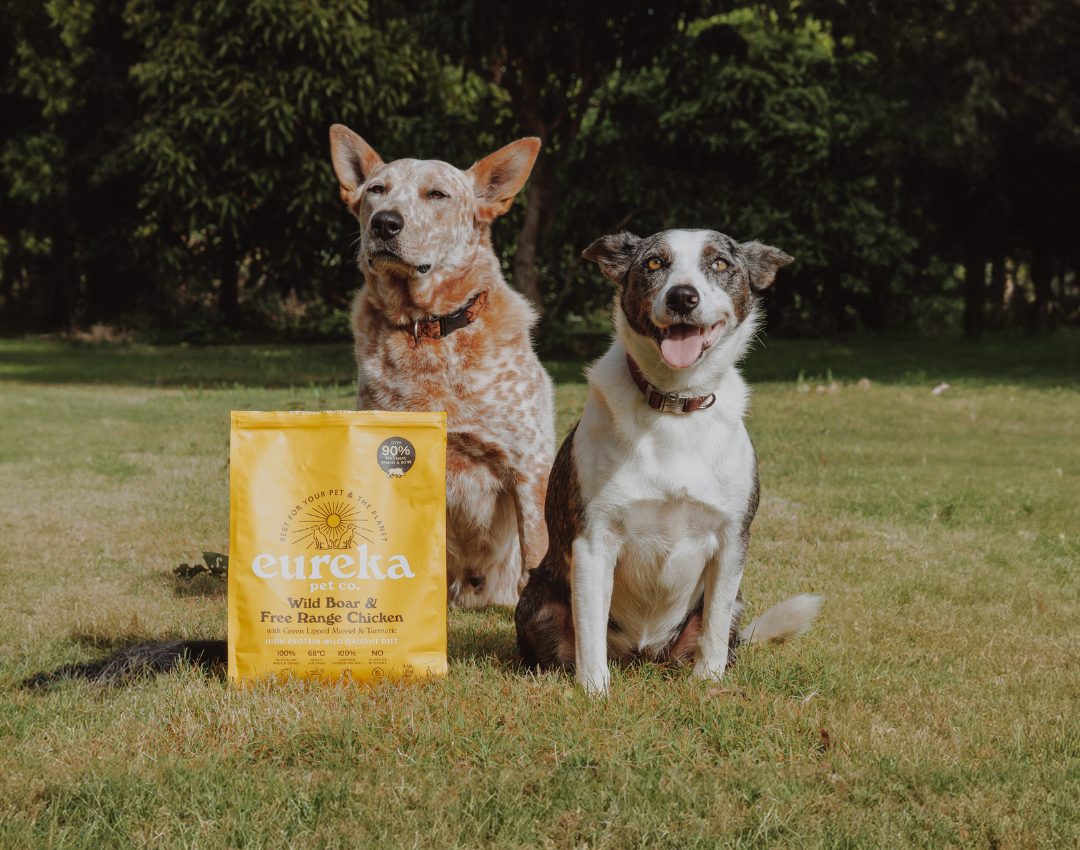Fat: friend or foe? by Dr Mark Roberts PhD

The Importance of Dietary Fat for Dogs: Dr. Mark Roberts PhD | Eureka Pet Co - Eureka Pet Co | The Importance of Dietary Fat for Dogs: Dr. Mark Roberts PhD | Eureka Pet Co - Eureka Pet Co | The Importance of Dietary Fat for Dogs: Dr. Mark Roberts PhD | Eureka Pet Co - Eureka Pet Co | The Importance of Dietary Fat for Dogs: Dr. Mark Roberts PhD | Eureka Pet Co - Eureka Pet Co | The Importance of Dietary Fat for Dogs: Dr. Mark Roberts PhD | Eureka Pet Co - Eureka Pet Co | The Importance of Dietary Fat for Dogs: Dr. Mark Roberts PhD | Eureka Pet Co - Eureka Pet Co | The Importance of Dietary Fat for Dogs: Dr. Mark Roberts PhD | Eureka Pet Co - Eureka Pet Co | The Importance of Dietary Fat for Dogs: Dr. Mark Roberts PhD | Eureka Pet Co - Eureka Pet Co | The Importance of Dietary Fat for Dogs: Dr. Mark Roberts PhD | Eureka Pet Co - Eureka Pet Co | The Importance of Dietary Fat for Dogs: Dr. Mark Roberts PhD | Eureka Pet Co - Eureka Pet Co | The Importance of Dietary Fat for Dogs: Dr. Mark Roberts PhD | Eureka Pet Co - Eureka Pet Co | The Importance of Dietary Fat for Dogs: Dr. Mark Roberts PhD | Eureka Pet Co - Eureka Pet Co | The Importance of Dietary Fat for Dogs: Dr. Mark Roberts PhD | Eureka Pet Co - Eureka Pet Co | The Importance of Dietary Fat for Dogs: Dr. Mark Roberts PhD | Eureka Pet Co - Eureka Pet Co | The Importance of Dietary Fat for Dogs: Dr. Mark Roberts PhD | Eureka Pet Co - Eureka Pet Co | The Importance of Dietary Fat for Dogs: Dr. Mark Roberts PhD | Eureka Pet Co - Eureka Pet Co | The Importance of Dietary Fat for Dogs: Dr. Mark Roberts PhD | Eureka Pet Co - Eureka Pet Co | The Importance of Dietary Fat for Dogs: Dr. Mark Roberts PhD | Eureka Pet Co - Eureka Pet Co | The Importance of Dietary Fat for Dogs: Dr. Mark Roberts PhD | Eureka Pet Co - Eureka Pet Co | The Importance of Dietary Fat for Dogs: Dr. Mark Roberts PhD | Eureka Pet Co - Eureka Pet Co | The Importance of Dietary Fat for Dogs: Dr. Mark Roberts PhD | Eureka Pet Co - Eureka Pet Co | The Importance of Dietary Fat for Dogs: Dr. Mark Roberts PhD | Eureka Pet Co - Eureka Pet Co | The Importance of Dietary Fat for Dogs: Dr. Mark Roberts PhD | Eureka Pet Co - Eureka Pet Co | The Importance of Dietary Fat for Dogs: Dr. Mark Roberts PhD | Eureka Pet Co - Eureka Pet Co | The Importance of Dietary Fat for Dogs: Dr. Mark Roberts PhD | Eureka Pet Co - Eureka Pet Co | The Importance of Dietary Fat for Dogs: Dr. Mark Roberts PhD | Eureka Pet Co - Eureka Pet Co | The Importance of Dietary Fat for Dogs: Dr. Mark Roberts PhD | Eureka Pet Co - Eureka Pet Co | The Importance of Dietary Fat for Dogs: Dr. Mark Roberts PhD | Eureka Pet Co - Eureka Pet Co | The Importance of Dietary Fat for Dogs: Dr. Mark Roberts PhD | Eureka Pet Co - Eureka Pet Co | The Importance of Dietary Fat for Dogs: Dr. Mark Roberts PhD | Eureka Pet Co - Eureka Pet Co | The Importance of Dietary Fat for Dogs: Dr. Mark Roberts PhD | Eureka Pet Co - Eureka Pet Co | The Importance of Dietary Fat for Dogs: Dr. Mark Roberts PhD | Eureka Pet Co - Eureka Pet Co | The Importance of Dietary Fat for Dogs: Dr. Mark Roberts PhD | Eureka Pet Co - Eureka Pet Co | The Importance of Dietary Fat for Dogs: Dr. Mark Roberts PhD | Eureka Pet Co - Eureka Pet Co | The Importance of Dietary Fat for Dogs: Dr. Mark Roberts PhD | Eureka Pet Co - Eureka Pet Co | The Importance of Dietary Fat for Dogs: Dr. Mark Roberts PhD | Eureka Pet Co - Eureka Pet Co | The Importance of Dietary Fat for Dogs: Dr. Mark Roberts PhD | Eureka Pet Co - Eureka Pet Co | The Importance of Dietary Fat for Dogs: Dr. Mark Roberts PhD | Eureka Pet Co - Eureka Pet Co | The Importance of Dietary Fat for Dogs: Dr. Mark Roberts PhD | Eureka Pet Co - Eureka Pet Co | The Importance of Dietary Fat for Dogs: Dr. Mark Roberts PhD | Eureka Pet Co - Eureka Pet Co | The Importance of Dietary Fat for Dogs: Dr. Mark Roberts PhD | Eureka Pet Co - Eureka Pet Co | The Importance of Dietary Fat for Dogs: Dr. Mark Roberts PhD | Eureka Pet Co - Eureka Pet Co | The Importance of Dietary Fat for Dogs: Dr. Mark Roberts PhD | Eureka Pet Co - Eureka Pet Co | The Importance of Dietary Fat for Dogs: Dr. Mark Roberts PhD | Eureka Pet Co - Eureka Pet Co | The Importance of Dietary Fat for Dogs: Dr. Mark Roberts PhD | Eureka Pet Co - Eureka Pet Co | The Importance of Dietary Fat for Dogs: Dr. Mark Roberts PhD | Eureka Pet Co - Eureka Pet Co | The Importance of Dietary Fat for Dogs: Dr. Mark Roberts PhD | Eureka Pet Co - Eureka Pet Co | The Importance of Dietary Fat for Dogs: Dr. Mark Roberts PhD | Eureka Pet Co - Eureka Pet Co | The Importance of Dietary Fat for Dogs: Dr. Mark Roberts PhD | Eureka Pet Co - Eureka Pet Co | The Importance of Dietary Fat for Dogs: Dr. Mark Roberts PhD | Eureka Pet Co - Eureka Pet Co | The Importance of Dietary Fat for Dogs: Dr. Mark Roberts PhD | Eureka Pet Co - Eureka Pet Co | The Importance of Dietary Fat for Dogs: Dr. Mark Roberts PhD | Eureka Pet Co - Eureka Pet Co
Skip to content

